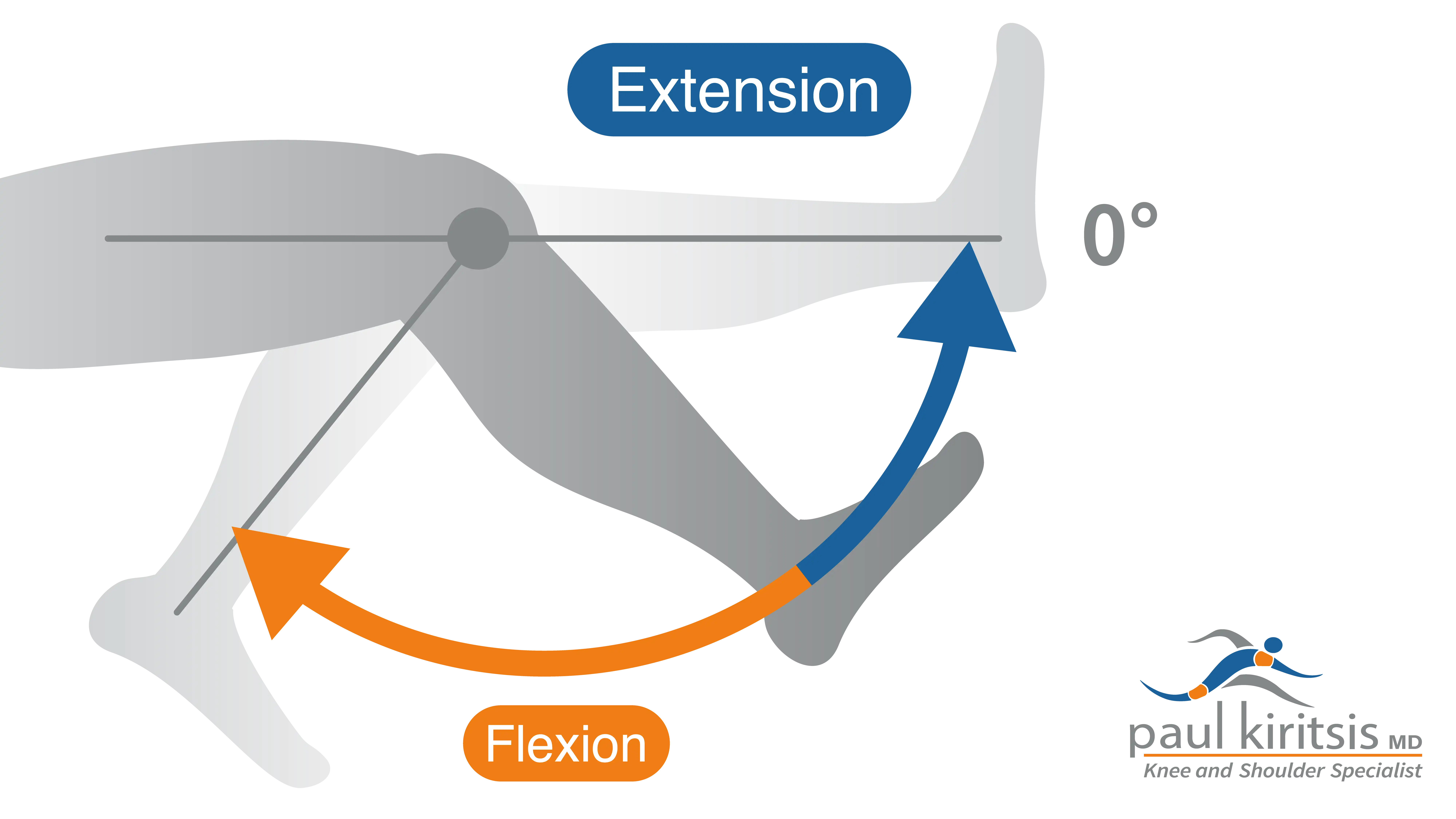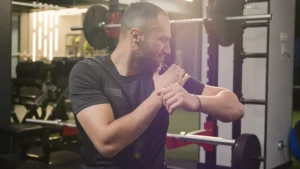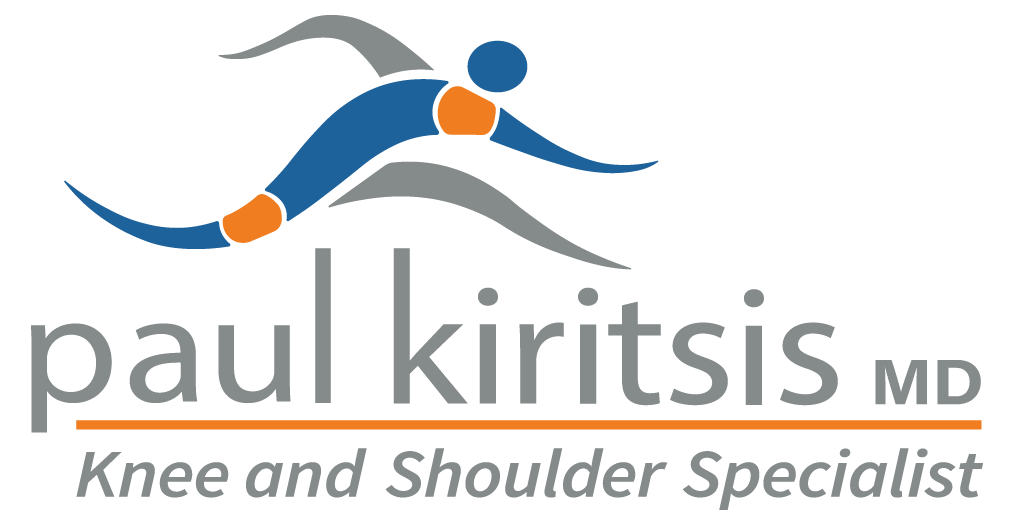If you’re preparing for ACL surgery, you’re likely wondering how long the procedure will take. On average, ACL surgery takes around two hours, though this can vary based on factors like the surgeon’s experience and the complexity of the injury. In this post, we’ll break down the surgical steps, recovery timelines, and what to expect before, during, and after the operation.
Key Takeaways
- ACL surgery generally lasts around two hours, depending on the surgeon’s skill and the injury’s complexity.
- Recovery follows a structured, phased approach, typically spanning 6 months to a year, with rehabilitation starting immediately post-surgery.
- Potential risks include infections and complications from premature surgery, highlighting the importance of following pre- and post-operative care instructions.
Duration of ACL Surgery
When facing the prospect of ACL reconstruction surgery, a question that comes to mind is, “How long does ACL surgery take?” In most cases, the procedure is completed within approximately two hours. This timeframe allows the surgical team to carefully and precisely perform each step of the procedure.
The surgeon’s experience and technique can influence the surgery’s duration. While an experienced orthopedic surgeon may work more efficiently, the focus always remains on achieving the best possible outcome, not just completing the surgery quickly.
Steps Involved in ACL Reconstruction
Understanding the steps involved in ACL reconstruction surgery can help demystify the process and set realistic expectations. The procedure typically includes four main steps: arthroscopic examination, graft harvesting, positioning and securing the new ligament, and any additional repairs if needed. Each step is vital for the surgery’s success and the knee’s long-term stability.
Let’s take a detailed look at each step.
Arthroscopic Examination
The first step is an arthroscopic examination, a minimally invasive procedure where the surgeon inserts a small camera through a keyhole incision to assess the damage. This allows direct visualization of the ACL and surrounding structures, confirming the injury’s extent and ensuring the surgical approach aligns with the condition. Arthroscopy also verifies the accuracy of pre-operative imaging, such as MRI scans, minimizing unexpected findings during the procedure.
Graft Harvesting Process
Next, the surgeon harvests tissue to replace the torn ACL. Common graft sources include the hamstring tendons, patellar tendon, quadriceps tendon, or donor tissue (allograft). The choice depends on factors like the patient’s age, activity level, and the surgeon’s expertise.
Graft harvesting requires a precise technique tailored to each patient and graft source. For example, patellar tendon grafts require caution to prevent future fractures. Once harvested, the graft is prepared for insertion to function effectively as the new ACL.
Securing the New Ligament
After obtaining the graft tissue, the surgeon inspects the torn ACL, marks attachment points, and drills holes in the thigh bone (femur) and shin bone (tibia) for the graft. The new ligament is positioned in these tunnels and secured with a fastening device, stabilizing the knee.
Finally, the surgeon addresses any additional damage discovered during arthroscopy. A final inspection ensures all repairs are complete before closing the incisions.
Type of Anesthesia Used
The anesthesiologist and orthopedic surgeon collaborate to select the most appropriate anesthesia method, prioritizing the patient’s safety and comfort. ACL reconstruction is usually performed under general anesthesia to ensure that the patient is completely unconscious throughout the procedure. This method allows for a painless surgical experience while enabling the surgical team to perform the delicate procedure without interruption.
Immediate Post-Surgery Care
Following ACL surgery, patients are moved to a recovery room for monitoring. Pain control is prioritized, with medications administered to address post-operative discomfort. Most patients receive a localized nerve block around the knee, which typically provides effective pain relief for 18 to 24 hours post-surgery. While most patients go home the same day, some may require overnight observation depending on their response to anesthesia.
At home, patients should watch for signs of fever or other complications and keep their operated leg elevated to reduce swelling. Crutches, a knee brace, or a splint may be required to support the knee during the initial recovery phase. Adherence to discharge instructions is key to proper healing.
Recovery Timeline After ACL Surgery
ACL surgery recovery follows a phased approach and typically spans six months to a year. Rehabilitation usually begins soon after surgery, with patients starting with simple leg-lifting exercises. Weight-bearing activities generally resume within a week, and formal physical therapy starts within one to two weeks to aid recovery. The initial phase focuses on reducing swelling and restoring range of motion, with a target of achieving 90 degrees of knee flexion by the two-week mark.

Follow-up appointments are usually scheduled at key intervals: one week, two weeks, six weeks, three months, and six to eight months post-surgery. These visits allow the surgical team to monitor healing progress and adjust rehabilitation plans as needed.
As recovery progresses, the focus shifts to strengthening the knee and restoring normal function. By six months post-surgery, many patients receive medical clearance to return to sports. However, note that recovery time and psychological factors, such as fear of re-injury, can significantly impact readiness to return to high-level activities.
It’s important to understand that fewer than half of patients return to competitive high-impact sports after ACL reconstruction. Full recovery requires adherence to rehabilitation protocols and patience, as rushing the process can lead to complications and setbacks.
Factors Affecting Surgery Duration
The complexity of the ACL tear significantly impacts the surgery’s length. A complete tear typically requires more time to repair than a partial tear. Additionally, an orthopedic surgeon will carefully address any additional injuries during the procedure to ensure the best possible outcome. For example, if other injuries like meniscal tears are detected, the surgery may extend beyond the usual two hours.
This comprehensive approach may lengthen the surgery, but it is essential for achieving long-term outcomes in knee stability and function.
Preparing for ACL Surgery
Proper preparation for ACL surgery enhances surgical outcomes and recovery. Prehabilitation programs focus on strengthening knee muscles and improving joint function before surgery, aiding post-operative recovery. Key physiotherapy exercises include quad sets, straight leg raises, heel slides, hip abduction, and bridges.
Diet and hydration also play important roles. A diet rich in protein aids muscle tissue repair, while anti-inflammatory foods help reduce swelling. Proper hydration supports cellular health and maintains joint cushioning.
The degree of knee swelling and pain may also influence the timing of the surgery, as orthopedic surgeons typically recommend waiting until acute swelling and pain subside.
Potential Risks and Complications
Like any major surgery, ACL reconstruction carries potential risks and complications. These include infections, which can lead to severe complications and may require graft removal in extreme cases. If surgery is performed too early, it can cause scarring in the knee. This scarring may limit the patient’s range of motion. Conversely, if patients wait too long to seek medical attention after an ACL injury, they risk other injuries and may need revision surgery.
Following the surgeon’s pre- and post-surgery instructions is critical to minimize these risks and ensure optimal recovery.
Long-Term Recovery Expectations
Complete recovery after ACL surgery typically requires 6 to 12 months, with most patients regaining full knee function around nine months post-operation and returning to full activity by a year. However, early return to high-impact sports may increase the risk of re-injury, as the graft continues maturing for over two years.
Innovative surgical techniques, such as STARR and BEAR, are showing promise for accelerating natural healing. Still, physical activities that pose a higher risk of a new knee injury should be avoided until a complete recovery is confirmed.
Summary
In summary, ACL reconstruction surgery is a complex but well-established procedure that usually takes around two hours. Understanding the steps involved, from arthroscopic examination to securing the new ligament, can help set realistic expectations. Immediate post-surgery care and a structured recovery timeline are key to achieving a successful outcome.
By preparing adequately and following the surgeon’s instructions, patients can minimize risks and complications. While the road to full recovery can be long, with patience and dedication, most individuals can return to their active lifestyles. Remember, knowledge is power, and being well-informed can make your ACL surgery journey smoother and more manageable.
Frequently Asked Questions
How long does ACL surgery typically take?
ACL reconstruction surgery typically takes about two hours, but this can vary based on the complexity of the tear and the surgeon’s experience.
What type of graft is used for ACL reconstruction?
For ACL reconstruction, grafts from the hamstring tendon, patellar tendon, or quadriceps tendon are commonly used. Donor tissue (an allograft) may be used. Each option has its benefits depending on the patient’s needs and the surgeon’s preference.
How soon can I start physical therapy after ACL surgery?
Your surgeon may recommend simple exercises to start immediately post-surgery, and you can generally start formal physical therapy one to two weeks after ACL surgery. This early intervention is essential for optimal healing and rehabilitation.
What are the potential risks of ACL surgery?
Possible complications include infection, scarring that may restrict motion, and the potential need for revision surgery. It’s important to discuss these risks with your orthopedic surgeon.
How long is the recovery process after ACL surgery?
The recovery process after ACL surgery typically takes 6 to 12 months, with most individuals regaining full knee function around the nine-month mark.





